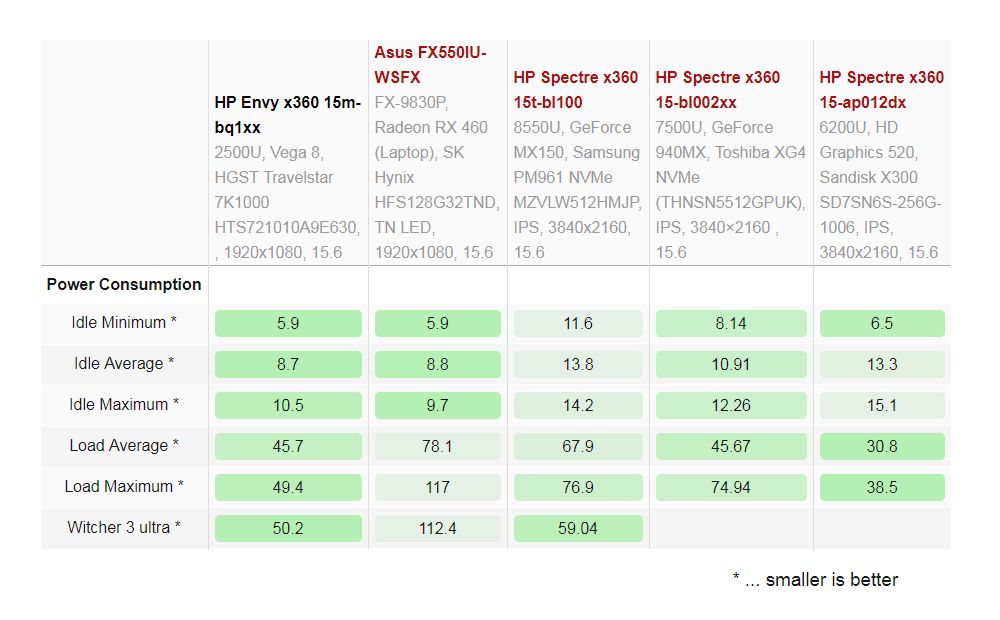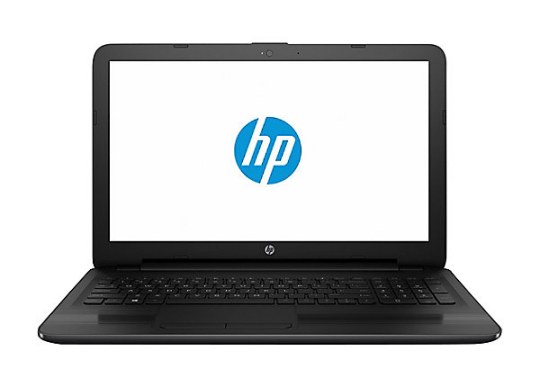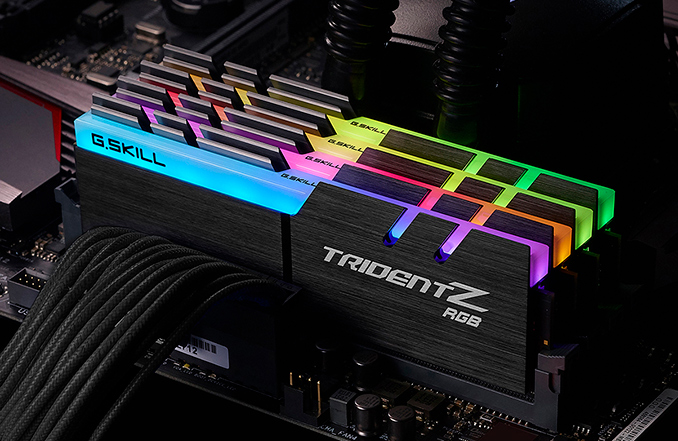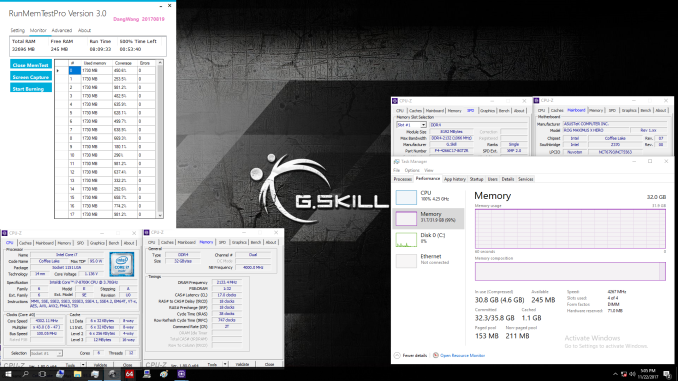Author: Le news di Hardware Upgrade
Non tutti i mali vengono per nuocere, e il caso di Galaxy Note 7 echeggia ancora nelle stanze dei vertici Samsung. La compagnia si è trovata a dover sospendere le vendite dello smartphone di punta dell’anno scorso per un problema nelle batterie integrate, ma da allora lavora su tecnologie per migliorare l’affidabilità del delicato componente. Inoltre, ha bisogno di mostrarsi ancora una volta leader in questo particolare ambito per riacquisire la fiducia di pubblico e investitori.
Sarà probabilmente per questo che il SAIT, Samsung Advanced Institute of Technology, è al lavoro su una nuova tipologia di batteria che può essere caricata cinque volte più velocemente rispetto alle tecnologie di ricarica rapida odierne. Il merito è dovuto all’uso di “sfere di grafene”, materiale che negli ultimi anni ha rappresentato la base di numerosi studi rivoluzionari in ambito tecnologico e, nello specifico, degli studi su nuovi tipi di batterie.
Il grafene del resto è parecchio più stabile rispetto ai materiali chimici utilizzati nelle batterie odierne, e anche un conduttore migliore per la carica elettrica. Secondo il SAIT è di 140 volte più veloce del silicio, al punto che le sue nuove batterie sono in grado di raggiungere la piena carica in 12 minuti, partendo da 0. Si tratta di un risultato rivoluzionario se fosse portato nel mercato di massa, soprattutto se consideriamo i benefici delle ultime tecnologie di carica rapida.
Su una batteria da circa 3000 mAh, le migliori tecnologie odierne presenti sul mercato consumer consentono la carica completa in poco più di un’ora. Non ci dovrebbero essere problemi neanche per quanto riguarda la sicurezza nel processo di carica, che come è noto produce calore e può diventare pericoloso se non gestito al meglio (e Samsung ne sa qualcosa). Secondo la compagnia le nuove batterie possono essere stabili fino ad una temperatura di 60°C.
In relazione a questi ultimi dati appare possibile che la nuova tecnologia possa essere utilizzata anche all’interno di veicoli a propulsione elettrica, destinazione d’uso a nostro avviso ben più interessante rispetto all’adozione sui dispositivi mobile. Se da una parte è importante navigare in mobilità anche ad ora di cena, dall’altra un’automobile ricaricabile in un quarto d’ora potrebbe rivoluzionare il mondo dei trasporti come lo conosciamo oggi.
Samsung non produce infatti batterie solo per i dispositivi mobile e la nuova tecnologia potrebbe fare da apripista per una nuova generazione di veicoli elettrici capace di mettere a serio rischio l’egemonia dei combustibili fossili. La batteria è stata brevettata sia in Corea del Sud che negli Stati Uniti, ma è ancora troppo presto per dire quando – e se – verrà implementata su larga scala.










